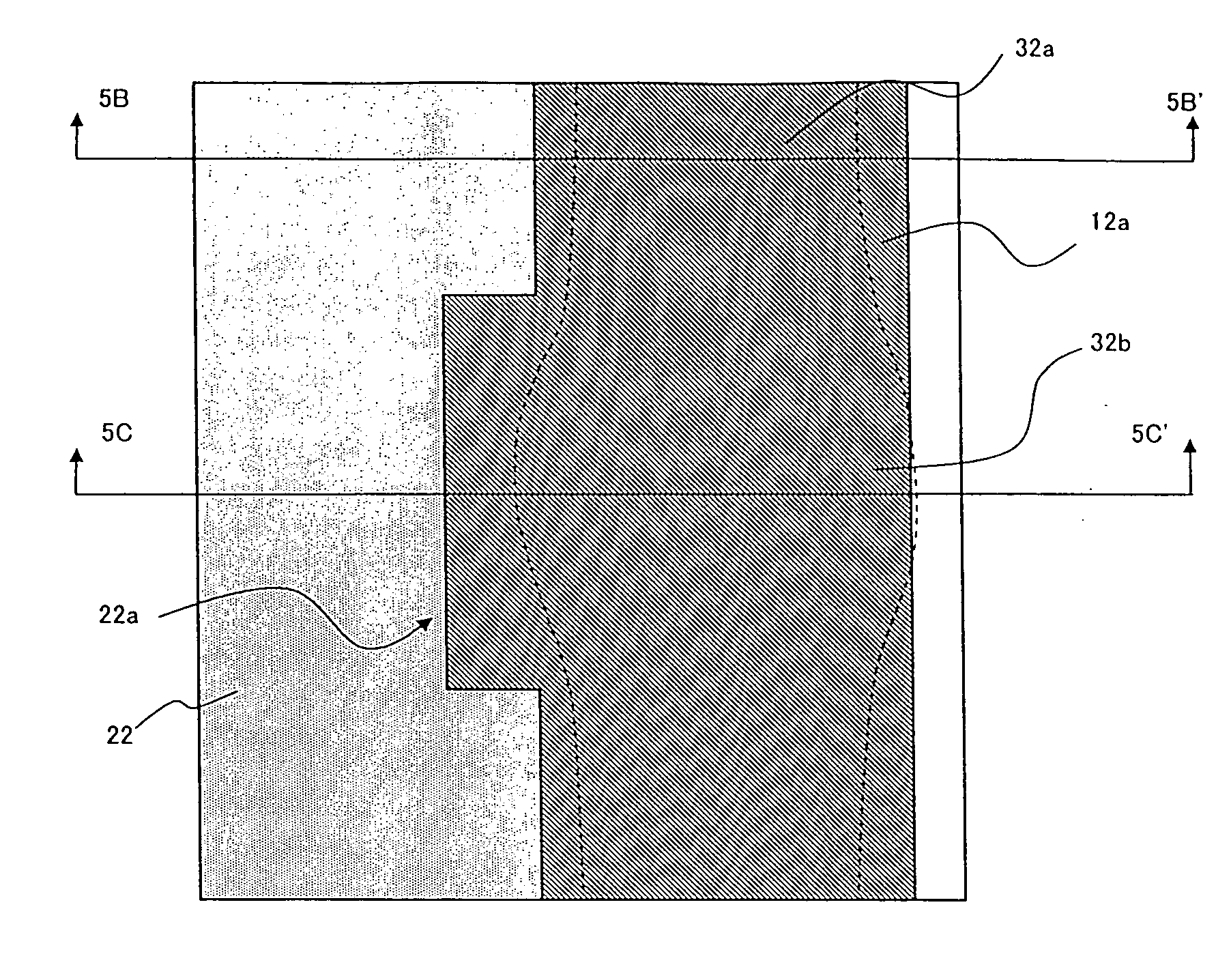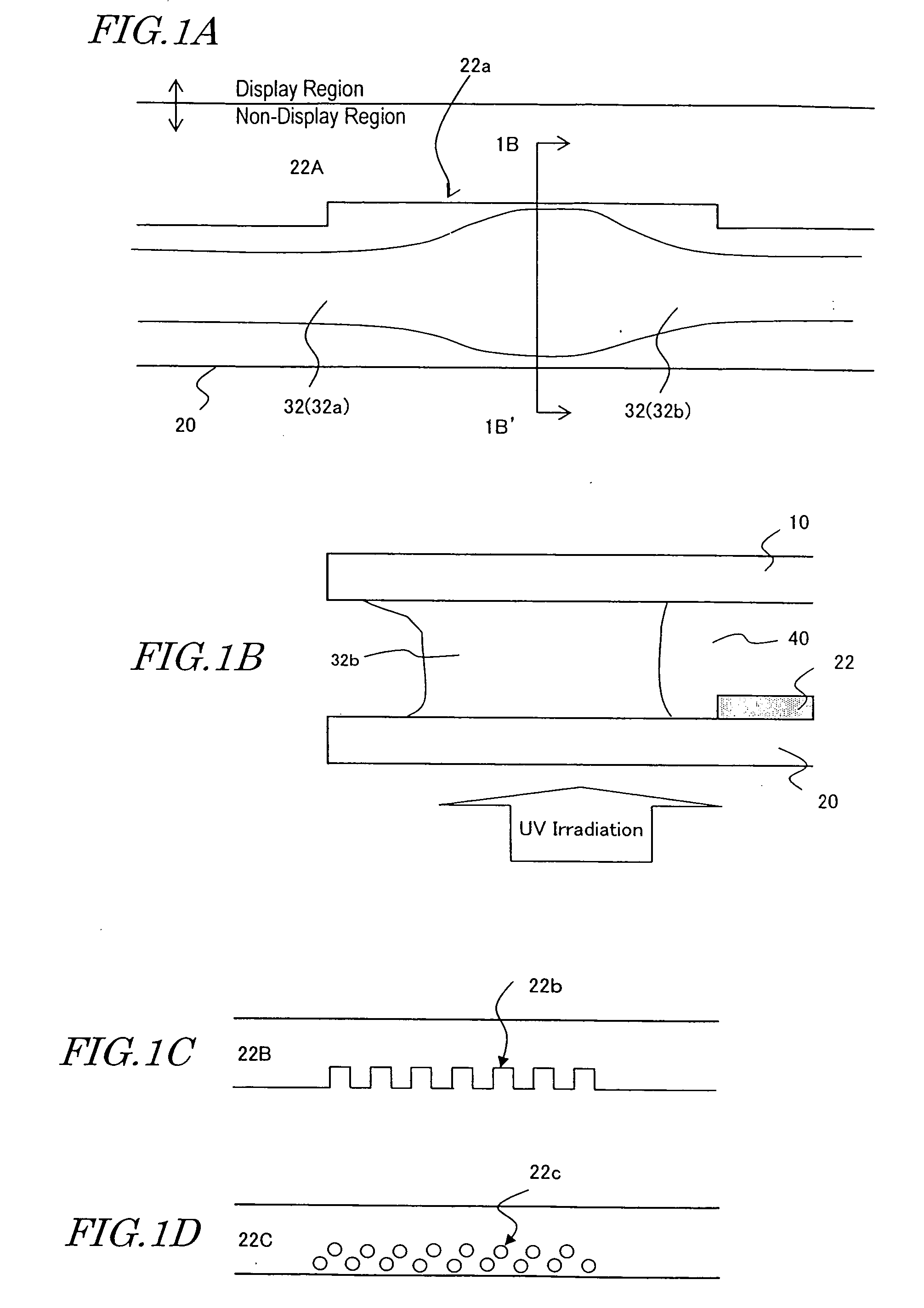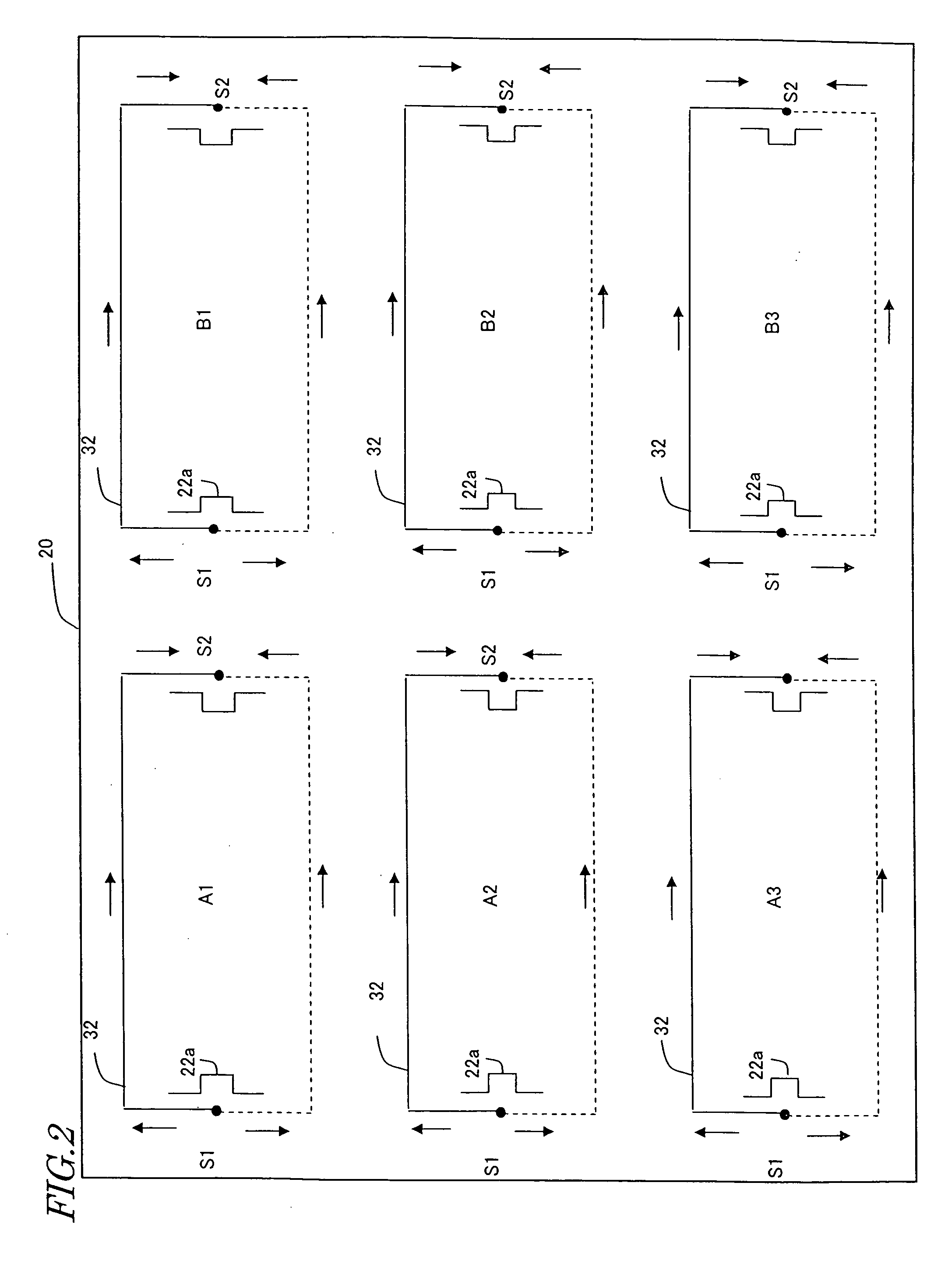Liquid crystal display panel and method for producing the same
a liquid crystal display and display panel technology, applied in non-linear optics, instruments, optics, etc., can solve the problems of reducing the voltage retention rate, affecting the image quality, and affecting reliability, so as to achieve the effect of efficient production of liquid crystal display panels and thicker widths
- Summary
- Abstract
- Description
- Claims
- Application Information
AI Technical Summary
Benefits of technology
Problems solved by technology
Method used
Image
Examples
Embodiment Construction
[0092] Hereinafter, a liquid crystal display panel according to an embodiment of the present invention and a method for producing the same will be described, with reference to the accompanying drawings.
[0093] As shown in FIGS. 1A and 1B, a liquid crystal display panel according to an embodiment of the present invention includes: a TFT substrate 10, a color filter substrate 20, a liquid crystal layer 40 provided between the TFT substrate 10 and the color filter substrate 20, and a sealing portion 32 surrounding the liquid crystal layer 40. The liquid crystal display panel has a display region and a non-display region surrounding the display region. The color filter substrate 20 has a first light shielding layer 22A, which is provided within the non-display region, at an end closer to the display region. The first light shielding layer 22A has a recess (light-transmitting portion) 22a provided near the outer boundary. The width of the sealing portion 32 is allowed to become wider at ...
PUM
 Login to View More
Login to View More Abstract
Description
Claims
Application Information
 Login to View More
Login to View More - R&D
- Intellectual Property
- Life Sciences
- Materials
- Tech Scout
- Unparalleled Data Quality
- Higher Quality Content
- 60% Fewer Hallucinations
Browse by: Latest US Patents, China's latest patents, Technical Efficacy Thesaurus, Application Domain, Technology Topic, Popular Technical Reports.
© 2025 PatSnap. All rights reserved.Legal|Privacy policy|Modern Slavery Act Transparency Statement|Sitemap|About US| Contact US: help@patsnap.com



